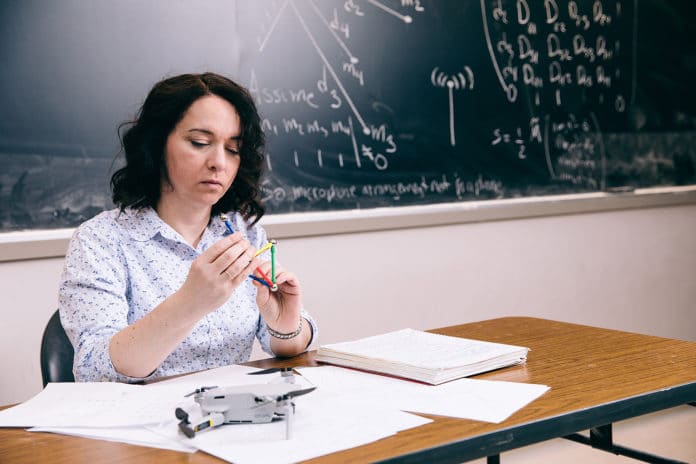In recent times, high-tech drones or UAVs are tackling everything from disease control to search-and-rescue operations to delivering pizza, and more. In short, drones have started to take important tasks in almost all areas of life, and they still continue to develop for new areas. After the drone models with the camera, the drones that can find their way in the dark using echolocation like bats are now on the line.
Researchers have managed to develop a drone technology that enables a drone to navigate without camera and GPS; instead, it uses just four microphones and a speaker to get around. A new technology that is still under development relies on the similar concept of measuring distance by generating echoes, but with the help of algebra and geometry.
Researchers from the Technical University of Munich (TUM) have worked to reconstruct the wall configuration of rooms by using echoes picked up by microphones on the drone.
In their theoretical approach, they placed the loudspeaker and four microphones on a drone so that the measuring equipment could fly directly into the room. When the loudspeaker emits a sound pulse, and a microphone hears an echo, the time difference between the moment the sound was produced and the time it was heard is recorded. That time difference shows the distance traveled by the sound after bouncing on a wall. Drone, which analyzes its environment with advanced algorithms, takes action afterward.
But there is one biggest problem that the scientists had to solve; every microphone picks up a lot of echoes. The team needs to develop a system that is able to assign exactly which echoes come from which wall. This way, the algorithm does not produce so-called ghost walls.
Drone technology, which directs with sound waves, can be a good alternative, especially in places where the light will pose a risk or at night patrols. Bat-like technology is also thought that this kind of technology will be useful in driverless vehicles.
The research done by Boutin and Kemper from TUM is published in the SIAM Journal on Applied Algebra and Geometry. The next steps will be to consider other scenarios, like look at situations where the drone might be restricted.
